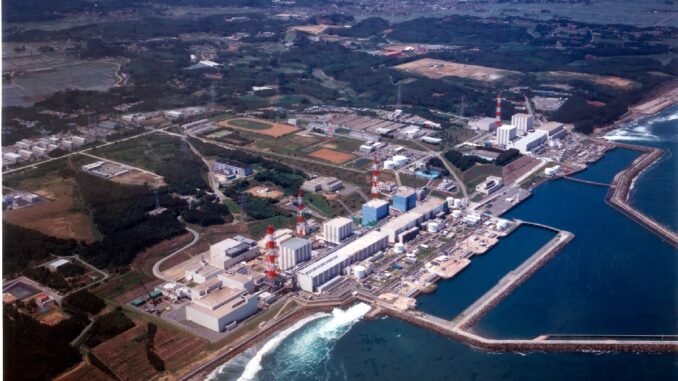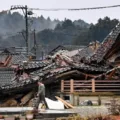
In the coming days, the Japanese government is preparing to take a significant step by gradually releasing wastewater from the Fukushima nuclear plant. This careful approach is being adopted to ensure that the storage tanks do not become completely full before the year 2024 arrives. This comes a few weeks after receiving the green light from the United Nations’ nuclear monitoring body, which carefully reviewed and endorsed the proposal.
Over the years, an immense volume of water—approximately 1.34 million metric tonnes—has been accumulating at the site of the Fukushima nuclear plant due to the aftermath of the devastating tsunami in 2011. This quantity of water is so substantial that it could easily fill up as many as 500 Olympic-size swimming pools. The strategy for the water’s release is quite deliberate; it will take place over a lengthy period of 30 years, after undergoing essential processes of filtration and dilution to mitigate its potential impact.
This impending release of water marks more than a decade since Japan experienced one of the most severe nuclear disasters in global history. This catastrophe unfolded when a massive earthquake, coupled with a powerful tsunami, struck the Fukushima nuclear power plant back in March 2011. The consequences were grave and far-reaching, affecting both the immediate region and global perspectives on nuclear safety. Notably, this decision has provoked strong reactions, particularly from the majority opposition party in South Korea, alongside numerous community organizations across the country.
These groups have intensified their efforts to express their disagreement with Japan’s plan to discharge water from the Fukushima nuclear facility. Their concerns are such that they have escalated protests on a Wednesday, just a day prior to the intended commencement of the water release. While this decision has been influenced by years of careful analysis and planning, it’s also met with opposition and protests from certain quarters, underscoring the complex nature of such actions in the realm of nuclear safety and environmental impact.







